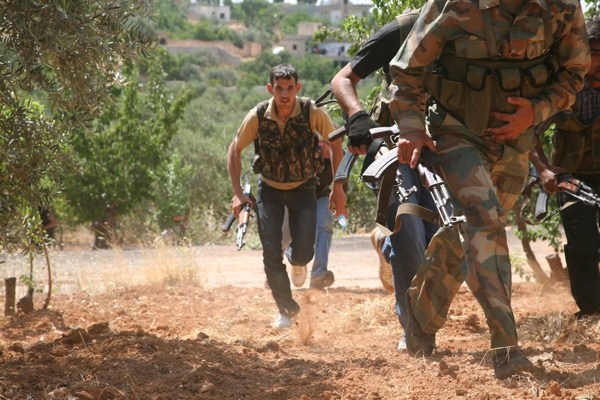After he stepped down as the U.N. special envoy for Syria in May, Lakhdar Brahimi was asked what he thought would become of the country. “It will become another Somalia,” he replied. “It will not be divided, as many have predicted. It’s going to be a failed state, with warlords all over the place.” As early as 2012, Brahimi began issuing warnings of the “Somalization” of Syria. While analysts following Syria acknowledge it may not yet be Somalia, “Brahimi’s warning is timely and appropriate,” according to Peter Neumann, professor of security studies at the Department of War Studies at King’s College in London. Moreover, there may be potential opportunity in Brahimi’s dire prediction. If Syria is destined to be another Somalia, perhaps Somalia can offer some lessons, from one failed state to another, about the harm that can come from well-intentioned international aid and the problems of trying to pursue post-conflict state-building amid a full-scale war.
Somalia has embodied the ultimate paradox of humanitarian relief: Aid intended to alleviate suffering can actually prolong that suffering and even diminish the welfare of those it intends to help. Following the collapse of the Somali government in 1991, humanitarian aid became increasingly embedded in the country’s violence—essentially, it helped fuel war. For example, aid contributed to the rise of warlords in Somalia, as factional leaders used international funding, including from humanitarian organizations, to legitimize and consolidate their power and authority. And while the prominence of warlords has diminished in recent years, humanitarian aid has continued to play an important role legitimizing and financing other Somali powerbrokers, such as armed groups, who may have more to gain from war or instability than peace.
Somalia is a particularly “egregious” and “prominent” example of the unintended and harmful effects of humanitarian aid, according to studies on how international aid shapes civil conflict. The wars in Syria and Somalia are hardly the same, despite the rise of extremism in both cases; the countries have vastly different histories, cultures, resources and national and regional factors driving the unrest. Therefore, whether the ongoing violence in Syria, and the role of humanitarian aid in it, will reflect that of Somalia is difficult to predict. But Syria is currently the biggest humanitarian crisis in the world and the site of one of the largest humanitarian operations in history; the potential unintended consequences of humanitarian aid there should not be overlooked. The focus now, as it should be, is on saving lives. However, Somalia highlights the importance of asking if or how aid could fuel conflict, create new ones and feed vested interests among powerbrokers that maintain a status quo of instability.

